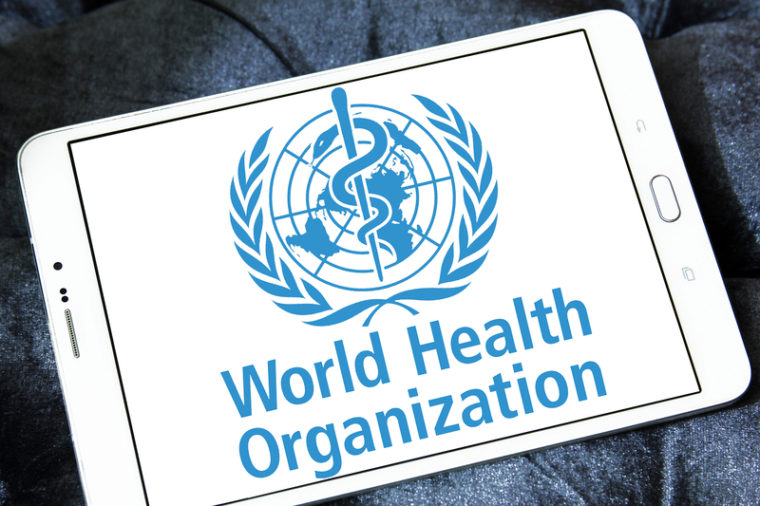
For the first time, a small team of international relief officials was able to enter the beleaguered Al-Shifa Hospital in northern Gaza for an hour-long visit on Saturday with Israeli permission.
“A joint UN humanitarian assessment team led by WHO accessed Al-Shifa Hospital in northern Gaza to assess the situation on the ground and conduct a rapid situational analysis, assess medical priorities, and establish logistics options for further missions,” A World Health Organization (WHO) statement said.
The team was able to spend only one hour inside the hospital and described it as a “death zone”. It said the situation was “desperate.”
“Signs of shelling and gunfire were evident. The team saw a mass grave at the entrance of the hospital and was told more than 80 people were buried there,” the statement said.
“Lack of clean water, fuel, medicines, food and other essential aid over the last six weeks have caused Al-Shifa Hospital—once the largest, most advanced, and best equipped referral hospital in Gaza—to essentially stop functioning as a medical facility.”
Remaining patients include 32 babies in extremely critical condition, two people in intensive care without ventilation, and 22 dialysis patients whose access to life-saving treatment has been severely compromised.
There are 25 health workers and 291 patients remaining in Al-Shifa. Several patients died over the previous 2 to 3 days due to the shutting down of medical services.
The vast majority of patients are victims of war trauma, including many with complex fractures and amputations, head injuries, burns, chest and abdominal trauma, and 29 patients with serious spinal injuries who are unable to move without medical assistance.
Many trauma patients have severely infected wounds due to lack of infection control measures in the hospital and unavailability of antibiotics.
By the time the team arrived, about 2,500 persons taking shelter on hospital grounds, some mobile patients and hospital staff had left the premises following Israeli orders issued earlier in the day.
The WHO warned of infection risk. “The team observed that due to the security situation, it has been impossible for the staff to carry out effective waste management in the hospital. Corridors and the hospital grounds were filled with medical and solid waste, increasing the risk of infection.”
Patients and health staff with whom the team spoke were terrified for their safety and health and pleaded for evacuation. Al-Shifa Hospital can no longer admit patients, with the injured and sick now being directed to the seriously overwhelmed and barely functioning Indonesian Hospital.
WHO and partners are urgently developing plans for the immediate evacuation of the remaining patients, staff and their families.
“Over the next 24–72 hours, pending guarantees of safe passage by parties to the conflict, additional missions are being arranged to urgently transport patients from Al-Shifa to Nasser Medical Complex and European Gaza Hospital in the south of Gaza,” WHO said.
But those hospitals are already working beyond capacity, and new referrals from Al-Shifa Hospital will further strain overburdened health staff and resources.
“WHO is deeply concerned about the safety and health needs of patients, health workers and internally displaced people sheltering at the few remaining partially functional hospitals in the north, which are facing risk of closure due to a lack of fuel, water, medical supplies, food, and the intense hostilities,” it added.
“WHO reiterates its plea for collective efforts to bring an end to the hostilities and humanitarian catastrophe in Gaza.
“We call for an immediate ceasefire, the sustained flow of humanitarian assistance at scale, unhindered humanitarian access to all of those in need, the unconditional release of all hostages, and the cessation of attacks on health care and other vital infrastructure.
“The extreme suffering of the people of Gaza demands that we respond immediately and concretely with humanity and compassion,” WHO pleaded.
The team was drawn from the main United Nations humanitarian bodies. It included public health experts, logistics officers, and security staff from the UN humanitarian aid agency (OCHA), UN department of safety and security (UNDSS), UN relief and works agency (UNRWA), WHO, and the UN peace and security cluster which comprises the UN office for project services (UNOPS) and UN mine action service (UNMAS).
“This was a high-risk operation in an active conflict zone, with heavy fighting ongoing in close proximity to the hospital,” WHO said.
Photo 99173288 © Mohamed Ahmed Soliman | Dreamstime.comIsWHO
















